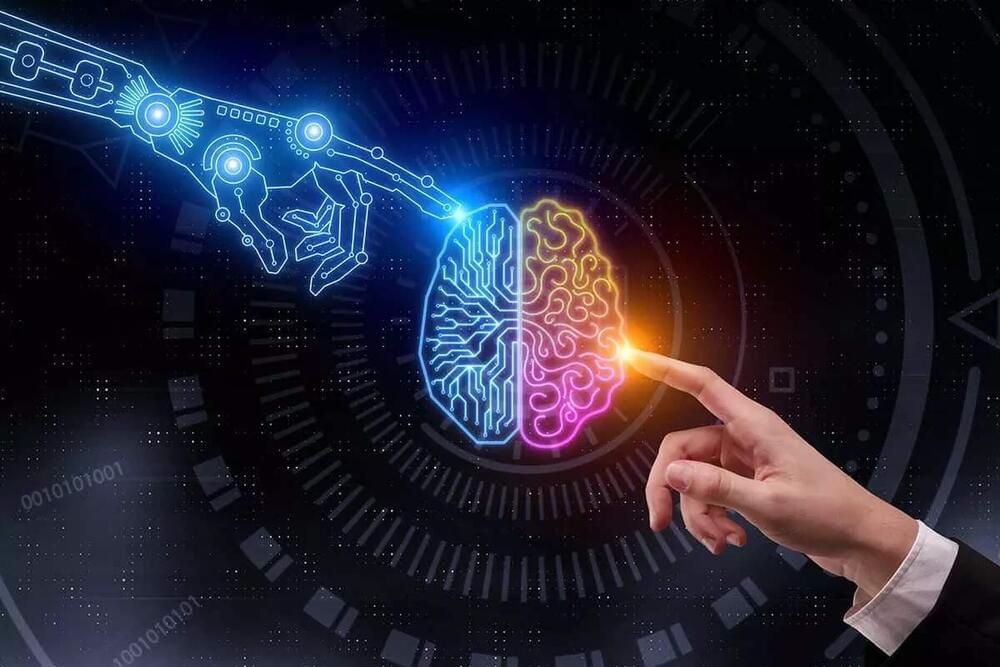https://huggingface.co/papers/2404.
We extend the context length of Llama-3-8B-Instruct from 8K to 80K via QLoRA fine-tuning.
Join the discussion on this paper page.
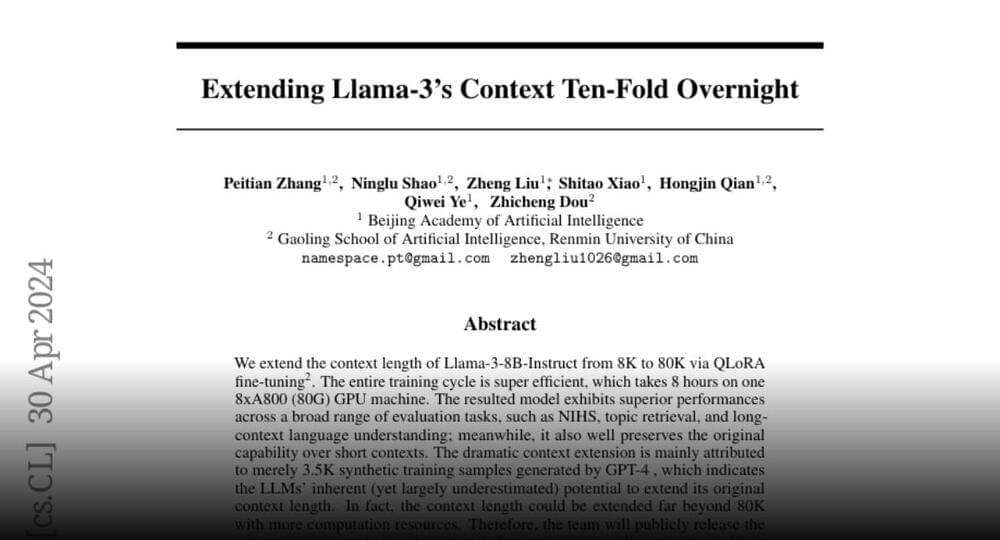
https://huggingface.co/papers/2404.
We extend the context length of Llama-3-8B-Instruct from 8K to 80K via QLoRA fine-tuning.
Join the discussion on this paper page.
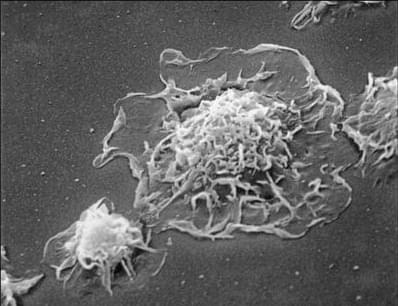

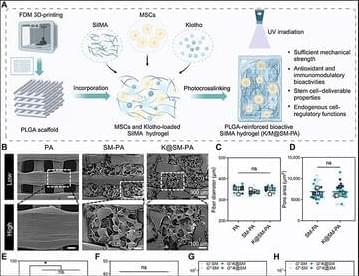
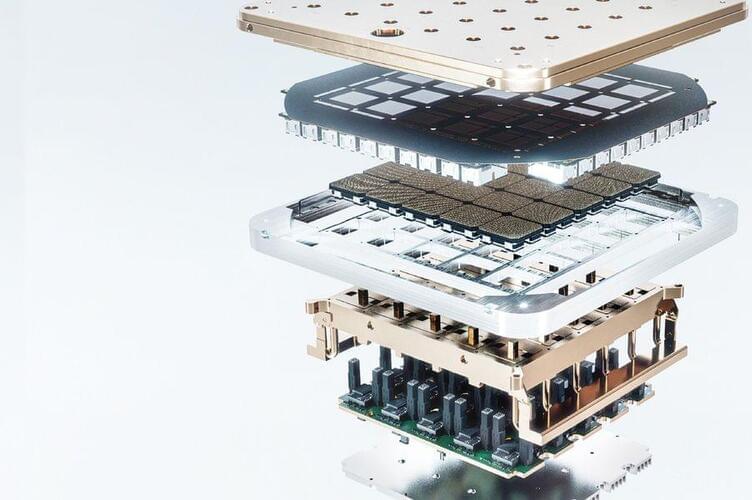
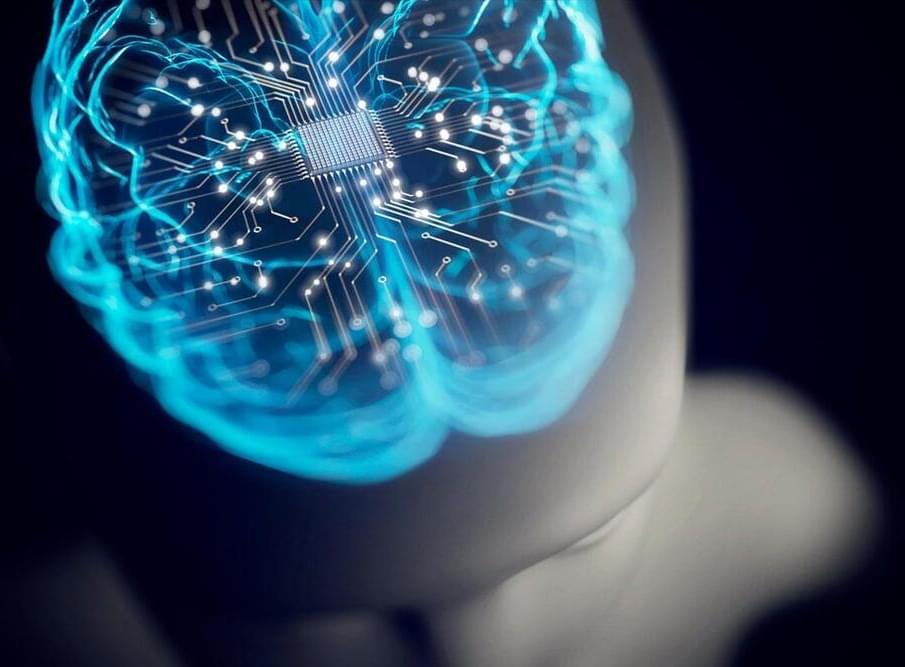
A new kind of transistor allows AI hardware to remember and process information more like the human brain does.
By Anna Mattson
Artificial intelligence and human thought both run on electricity, but that’s about where the physical similarities end. AI’s output arises from silicon and metal circuitry; human cognition arises from a mass of living tissue. And the architectures of these systems are fundamentally different, too. Conventional computers store and compute information in distinct parts of the hardware, shuttling data back and forth between memory and microprocessor. The human brain, on the other hand, entangles memory with processing, helping to make it more efficient.
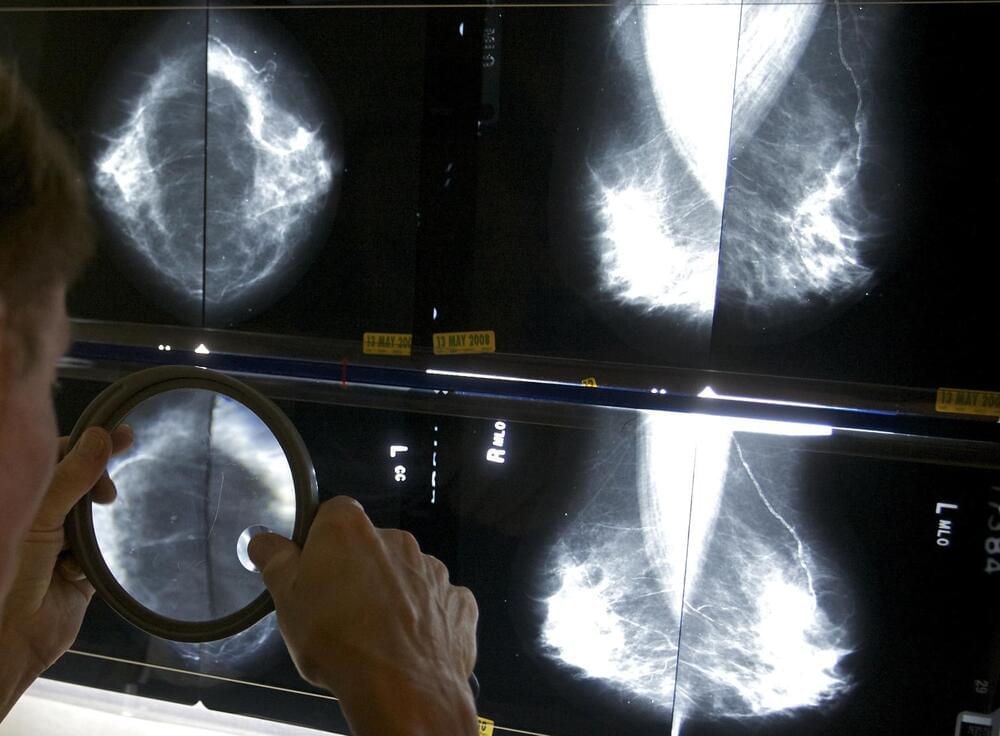
Regular mammograms to screen for breast cancer should start younger, at age 40, according to an influential U.S. task force. Women ages 40 to 74 should get screened every other year, the group said.
Previously, the task force had said women could choose to start breast cancer screening as young as 40, with a stronger recommendation that they get the exams every two years from age 50 through 74.
The announcement Tuesday from the U.S. Preventive Services Task Force makes official a draft recommendation announced last year. The recommendations were published in the Journal of the American Medical Association.
Black holes, white holes, wormholes, anti-universes, and all kinds of awesome relativity weirdness:
Einstein was wrong about black holes, what else? Use code veritasium at the link below to get an exclusive 60% off an annual Incogni plan: https://incogni.com/veritasium.
A massive thank you to Prof. Geraint F. Lewis and Prof. Juan Maldacena for their expertise and help with this video.
A huge thank you to those who helped us understand this complicated topic: Dr. Suddhasattwa Brahma, Prof. Carlo Rovelli, Dr. Hal Haggard, Prof. Martin Bojowald, Dr. Francesca Vidotto, Prof. Andrew Hamilton, and Dr. Carl-Fredrik Nyberg Brodda.
A special thanks to Alessandro Roussel from ScienceClic for his spectacular simulations and feedback on the video. Check out his channel here: https://ve42.co/ScienceClic.
Is there life on…K2-18b?Professor Nikku Madhusudhan believes he has discovered alien life on an exoplanet 120 light years away from Earth. Speaking to Tom S…
